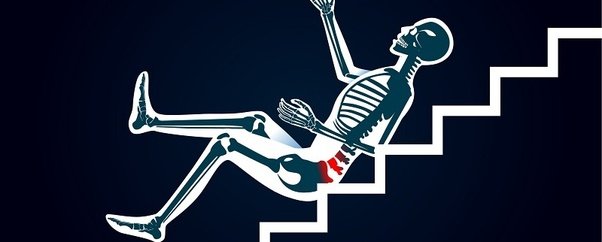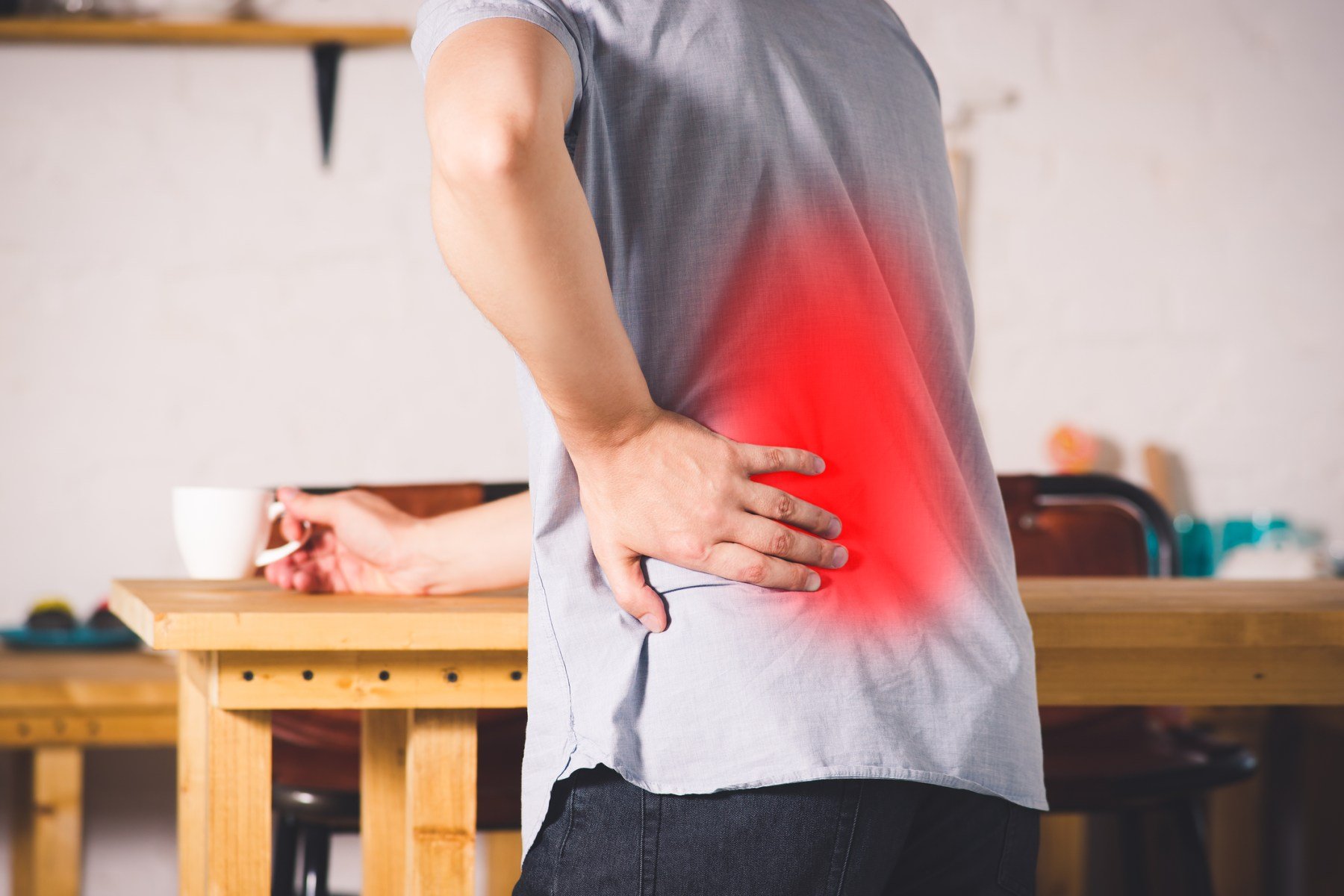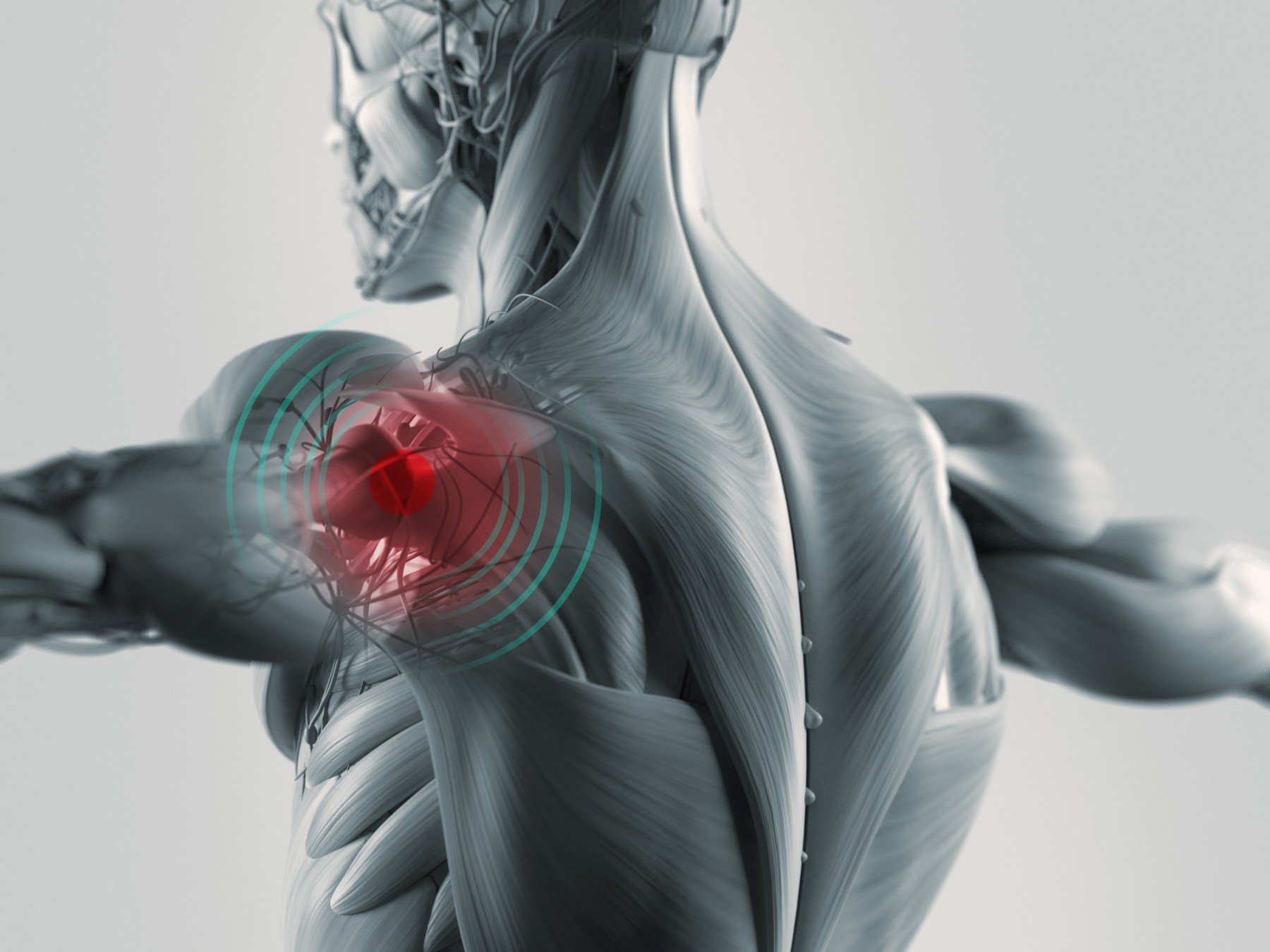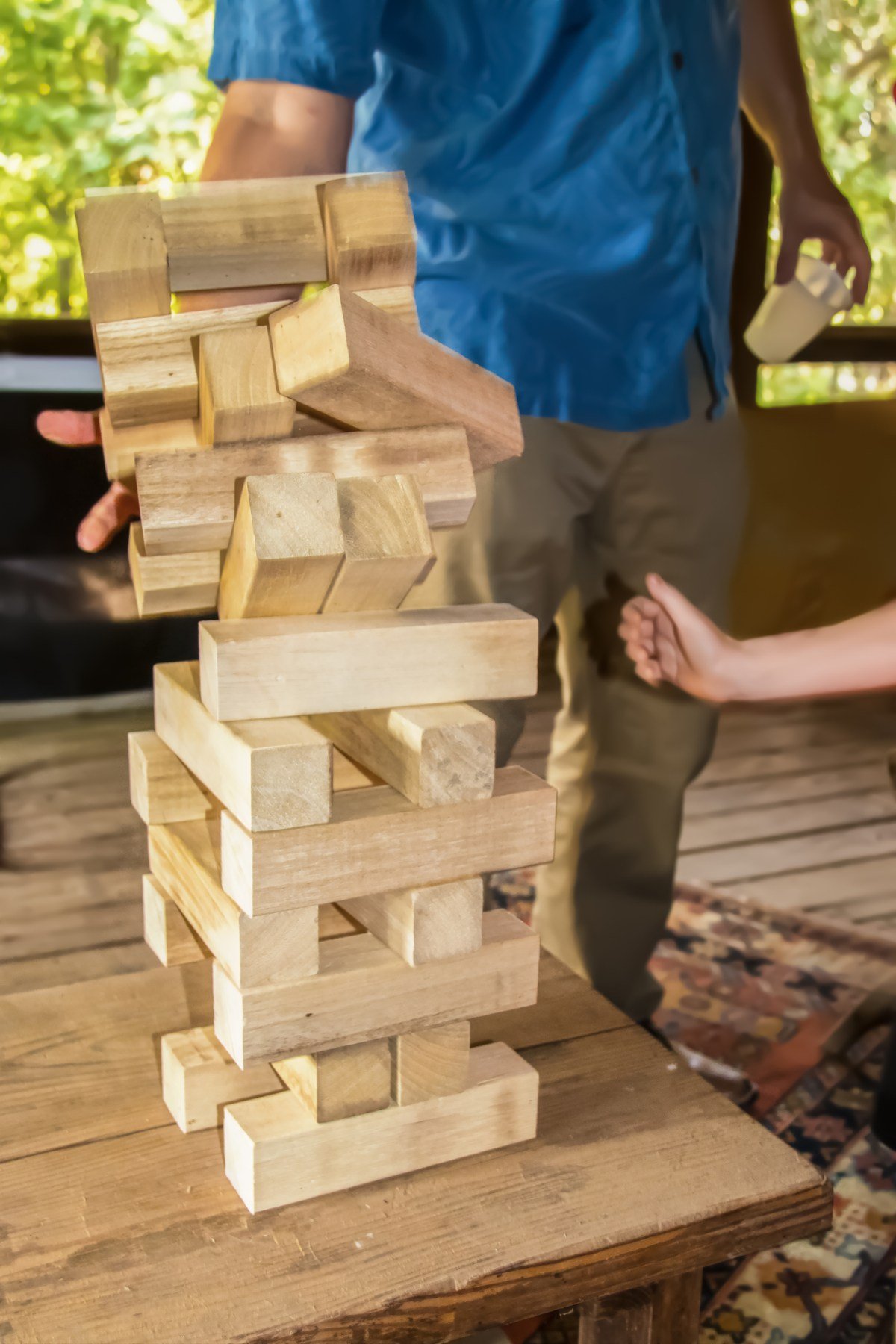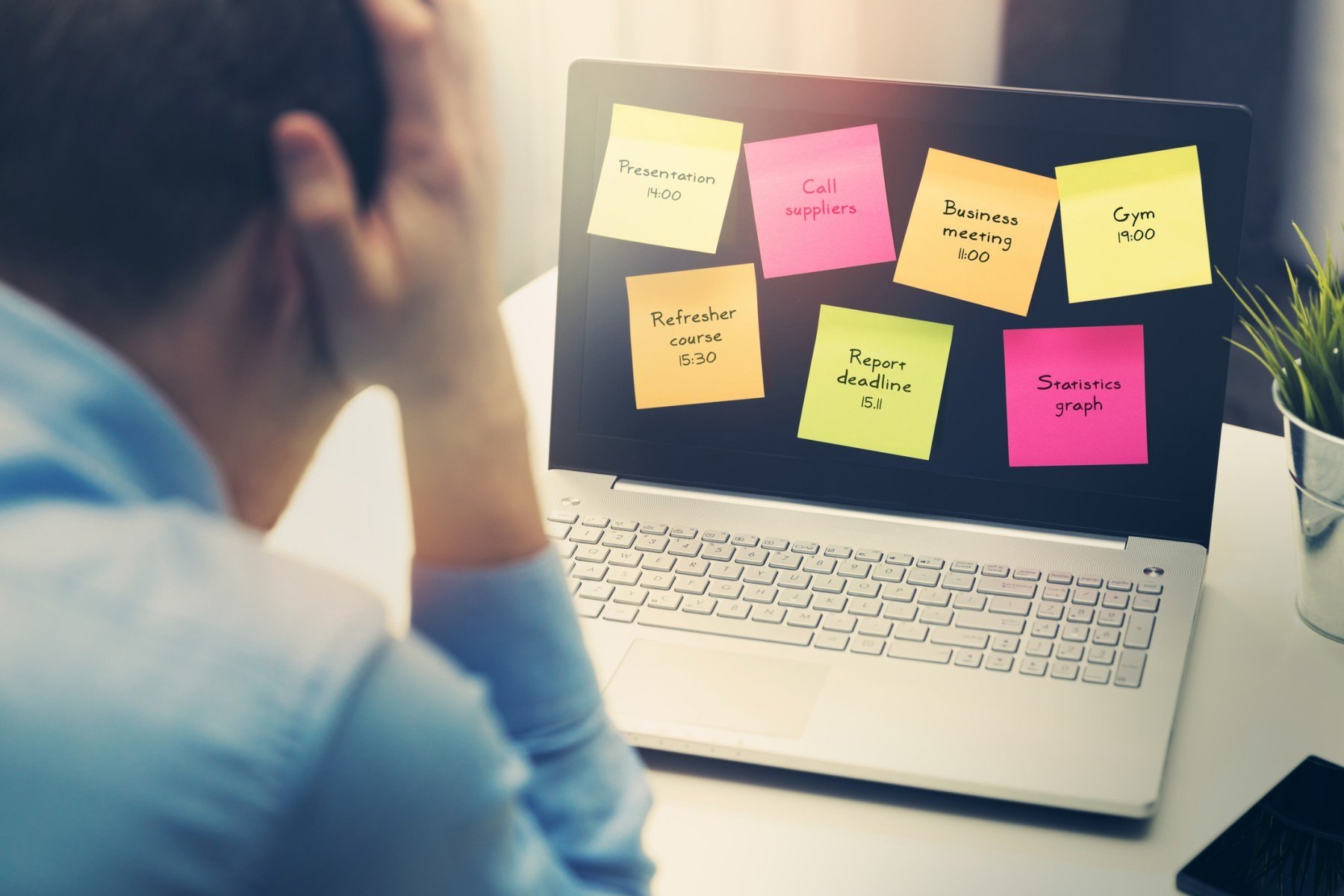An Easy-to-Follow Mobility Guide for Resolving Your Aches and Pains
THE RIGHT TO SELF REPAIR STRATEGIC GUIDE TO PAIN RELIEF
Learn How to LOCATE AND RELEASE MUSCULOSKELETAL PAIN AND DYSFUNCTION
The Right to Self Repair comes fully equipped with nearly 70 mix-and-match mobility techniques, for intuitively resolving any pain-filled conflict you’re facing— like a true experienced professional.
This all-natural pain-fighting workbook is designed to meet your exact-specific needs with only one solitary goal in mind: providing you with instantaneous results.
Are you currently dealing with a substantial amount of pain? This book will guide you in building a plan around relieving your particular pain-site… all without having to administer any pressure directly on the pain site, itself.
Ready to discover and release the root causes of your (simple-to-complex) musculoskeletal pain or dysfunction? Repair it yourself!
REAP THE BENEFITS
-

Head-to-Toe Guide
This guide leaves nothing out. No time wasters. No fillers. Only valuable content to improve your quality of life.
-

No More Tension
Find the leading cause of tension in your body and learn how you can stop it in less than one second!
-

Charts
Each technique’s Chart holds its own “map” to your relief. For the very first time, find out exactly how a technique is designed to affect you!
-

Benefits Listed Out
Literally, hundreds of benefits listed out for you to browse. Directly find what it is you’re looking for.
-

Systematic Pain Solving
Discover this one-of-a-kind approach to solving pain that incorporates the entire guide into one lean, mean, pain-beating machine.
-

Referred Pain Patterns Revealed
The Super Secrets of the pain-fighting world revealed to you all in one place! Unlock your body in ways you never would have thought possible!
-

Superior Self Understanding
This manual is a ‘book of secrets’ regarding the most important topic on the planet: You. Learn something new about yourself on nearly every single page!
-

Not Treated, Resolved!
Stop applying band-aids to your issues. Get to the heart of the matter and put a stop to the pain once and for all!
-

Common Misconceptions Debunked
Don’t let other people fool you. If their “answer” doesn’t come with an actual solution… then you need a better answer! Conclude your search for them here.
-

Superior Resting State
Relieve pain, break the habit of tension, move better, sleep better and enjoy life more!
-

More Energy
Don’t waste all your valuable energy on tension and stress! Bring your energy back up to its threshold and enjoy your life to the fullest!
-

Evergreen Content
This information will never become out-dated. You could one day give this manual to your great grand children… and it will become just as beneficial to them as it is to you!
The Right to Self Repair book operates on 3 levels
-
1. Bad Habits
Unconscious Global Dysfunction
-
2. Single Technique
Local Area Pain or Dysfunction
-
3. Resolving Dysfunction
Like a Highly Trained Professional
Improve Longevity, Sleep, Focus, Mental Relaxation, Distribution of Body Weight, Gait and Athletic Movement
+
Provide Relief from Forward Head Posture
+
Take Pressure Off Nerves
+
Improve Mobility and Range of Motion
+
Improve Sinus Pathways
+
Improve Health
+
Improve Your Shoulders
+
Improve Blood Flow
+
Instantly Relieve Some Chronic Pain
+
Decrease Pain and Tension
+
Relieve Internal Pressure
+
Improve Range of Motion
+
Improve Functional and Athletic Movement
+
Decrease the Risk of Recurring Injuries
+
Relieve Chronic Hip, Knee and Lower Back Pain
+
Relieve Hand Pain from Chronic Overuse
+
Improve Quality of Breathing
+
Improve Overall Durability and Resilience to the Body
+
Relieve Pressure from Lower Back
+
Improve Longevity, Sleep, Focus, Mental Relaxation, Distribution of Body Weight, Gait and Athletic Movement + Provide Relief from Forward Head Posture + Take Pressure Off Nerves + Improve Mobility and Range of Motion + Improve Sinus Pathways + Improve Health + Improve Your Shoulders + Improve Blood Flow + Instantly Relieve Some Chronic Pain + Decrease Pain and Tension + Relieve Internal Pressure + Improve Range of Motion + Improve Functional and Athletic Movement + Decrease the Risk of Recurring Injuries + Relieve Chronic Hip, Knee and Lower Back Pain + Relieve Hand Pain from Chronic Overuse + Improve Quality of Breathing + Improve Overall Durability and Resilience to the Body + Relieve Pressure from Lower Back +
70+ techniques within this ebook have been divided into one of 7 general areas of the body. Every technique is purposefully equipped with its own dedicated section.
-
Provide Relief from Forward Head Posture
Take Pressure Off Nerves Connected to the Neck
Improve Neck Mobility and Range of Motion
Decrease Tension Headaches
Improve Sinus Pathways
-
Lower Your Shoulders
Open Rounded Shoulders
Improve Shoulder Range of Motion (Extension, External Rotation, Flexion, Hyper Extension and Internal Rotation)
Improve Relaxed Shoulder Position
Decrease Pain and Tension in Shoulders
Take Internal Pressure Out of Shoulders
Instantly Improve Range of Motion for a Recently Torn Rotator Cuff
Improves Blood Flow to Shoulders
Relieve Chronic Shoulder Pain
Eliminate Deep Shoulder Pain
Improve Scapular Range of Motion
Relieve Upper Cross Syndrome
Relieve Kyphotic Posture
Relieve Strain from Chronic Rhomboid Tension
Decrease Upper Back Tension and Pain
Decrease Tension in Traps
-
Decrease or Eliminate Arm Tingling/Numbness
Reduce Elbow Pain
Relieve Unwanted Pressure in Wrists
Relieve Finger and Hand Pain from Chronic Overuse
Improves Hand Dexterity and Grip Strength
Improve Blood Flow to Hands
-
Open Chest and Shoulders
Reduce or Eliminate Pronated (Rounded) Shoulders
Address Kyphosis and Lordosis Issues Without the Use of Additional Equipment
Relieve Built Up Tension in the Mid to Upper Back
Instantly Rid Back of “Lower Trap/Mid Back” Pain
Relieve Chronic Tension in Lats
Decrease the Risk of Recurring Injuries to the Core
-
Relieve Pressure From the Inner Hips
Relieve Chronic Hip, Knee and Lower Back Pain
Relieve Pressure Off Painful SI Joints
Improve Hip Stability
Relieve Chronic Groin Pain
Relieve Pressure From the Lower Back
Resolve Deep Hip Pain
Remedy Intense Lower Back Pain
Decrease Risk of Recurring Injury to the Core
Improve Hip Function and Mobility
Restore Pelvic Floor Health
Relieve Pressure From Old Tail Bone Injuries
Decompress the Lumbar Vertebrae
Relieve Long-Term Lower Back Pain and Dysfunction
Relieve Gluteal and Pelvic Floor Pain
-
Relieve Tight Hamstrings
Create Deep Instant Relaxation Through Hamstrings
Relieve IT Band Area Discomfort
Relieve Functional Impairments of the Ankle
Simultaneously take Pressure Off of Knees and Lower Back
Discover Balance Between Both Legs
Decreases Chronic Tension in Quads
Relieve Past and Future Shin Splints
Helps with Lower Leg/Foot Combination Disorders Like Arch Dysfunctions, Ankle Rolling, Bunions and Plantar Fasciitis
-
Improve Range of Motion, Mobility and Dexterity in Ankles
Improve Functional and Athletic Ankle Control
Improve Support and Balance Within the Foot’s Inner Arch
Improve Overall Health of Feet
-
Improve overhead and front rack positioning
Remedy squat dysfunctions
Increase power in lower body propulsion
Improve your handstand positioning and posture (foot-stand positioning)
Improve dexterity and grip strength
Increase shoulder range of motion (extension, external rotation, flexion, hyperextension and internal rotation)
Restore range of motion to a recently torn rotator cuff
Relieve unwanted wrist pressure
Decrease risk of recurring injury to the core
Improve hip function, mobility and stability
Relieve past and future shin splints
Improve functional and athletic ankle control and dexterity
-
Improves musculoskeletal function and health
Improve overall durability and resilience to the body
Improves blood flow within the body, quality of breathing, and stability
Cultivates full-body relief
Elevates mood through muscle releases and increasing freedom of movement
Significant positive effect on posture
Learn how to eliminate proximal oversensitivity (ticklishness)
Improves longevity, sleep, focus, mental relaxation, distribution of body weight, gait, athletic movement and potential
Improves dexterity and fluidity to all lower body movements
Can have a dramatic effect on postural improvement routines
Additional Benefits
Within the 7 general areas of the body, every technique is then further divided into one of the Five Major Systems of Relief:
Nervous System Relief
Muscle Relief
Fascia Relief
Joint Relief
Stretch
every technique comes equipped with its own color-coded chart. providing you with a visual representation to Get pain relief.
With the use of a color-coded system, the Technique Chart represents up to 10 Distinct Attributes of Therapy — all aimed to support the previous Five Major Systems of Relief.
Mechanical Pulling Relief
Fascia Line Opening
Direct Muscle Application/Release
Associated Muscle Relief
Trigger Point Release
Direct Joint Relief
Indirect Joint Relief
Muscle Stretching/Elongation
Nervous System (Strain) Relief
And Posture Improvement
What is Complex Pain and Dysfunction?
Imagine you just woke up, you’re tired, and you’re heading downstairs for breakfast. Upon this little early-morning excursion, you were unaware of a loose sock atop one of the steps. The next thing you know, the sock slips under your foot, and you find yourself tumbling down a couple of stairs… hitting your butt hard on one of the steps.
Although the initial pain of hitting the steps is intense, after about a minute, the intensity recedes and you’re able to continue your way down the length of the staircase. This all seems fine until you get to the bottom of your staircase, and attempt to walk into your kitchen…
Suddenly, you’re stopped short by the startling experience of near-crippling pain in your lower back!
You find that you literally can’t walk straight without experiencing near-debilitating pain in your lower back. Do you need to call a doctor? What’s going on?
Yet, (to your astonishment) you realize that if you just rotate your leg… so that your foot is now pointing outwards… you can still continue to your kitchen with only a slight limp.
Having solved your current dilemma like a certified genius, you go about your day, only mildly annoyed by your blunder, but thankful that the only witness was your feline companion, Jeffery.
After a day, though, walking this way starts to hurt too. Well, that’s not fair!
Still, it’s only after a little bit of tinkering that you find… if you only turn your foot slightly inwards instead… you can continue to walk straight without being stopped short (again) by the pain. It’s a little weird, but that’s fine, good to go!
Yet then again, a couple of days later, your lower back pain begins to flare up once more. What the heck! I thought we were done with this?!
Yet, alas, your brilliance proves itself once again, realizing that if you just walk on the heel of your foot, you can still get away with walking straight, with only a bit of dull pain. Sure, it looks kind of funny, but you gotta do what you gotta do, right? It’ll go away on its own soon enough…
And finally, you wake up a few days later and—not only has the pain disappeared—but also you can now walk with your foot straight again! Everything is good with the world! Done and done!
That is, until a few weeks later…the pain comes back… with a vengeance! On top of that, weirdly, it’s different from before.
Before you know it, you can’t even figure out a way to get around the house without experiencing excruciating pain. And, to make matters worse, it now hurts to bend your knee or stand up from a seated position. What’s the deal, yo?!
Finally, you admit to yourself that you have to do something about it; it just hurts too much!
We’ve all been here. Life gets busy and we ignore what our body is telling us we need—in favor of hoping our problem will simply go away on its own. This same story could be said for anyone’s shoulder clicking, neck stiffness, back achiness, wrist pain, ankle wonkiness, etc.
This common occurrence is one of the primary reasons for which I felt compelled to write this guide. Because, frankly, no one really teaches non-professionals in how to deal with this. (In fact, you can’t find this type of information anywhere else.)
What are we talking about? What is this”?
Answer: Complex Pain
What happens when you Ignore Complex Musculoskeletal Pain and Dysfunction…
As in our previous scenario, have you ever experienced a time when you hurt/injured yourself, but you were just too busy to do anything about it.. and then, eventually, it just kind of went away on its own?
Only, that is, until after a few weeks have passed, you find yourself experiencing a vaguely different kind of pain… which just seemed to come out of nowhere.
Well, when you had gotten hurt, the unfortunate mishap resulted in some type of damage on the musculoskeletal level. This is the type of damage that needs to be stretched out, worked out, realigned, foam rolled, released, relieved, decompressed, unwound, shifted, opened, etc.
But, since “what mattered most in the moment” was getting through the next hour/day/week— before you had the luxury of doing something about it— your body, instead, adjusted the way it moved (or, “conducted its business”) in order to avoid the pain you were experiencing.
In other words: Instead of the problem going away, your body’s (naturally embedded) intelligence crafted for itself a mechanical workaround.
These mechanical workarounds, most often, allow you to continue moving about your day— without the encompassing disruption factor, an unexpected injury would have undoubtedly created.
Furthermore, as in most cases, it would have only required a slight adjustment to your normal mechanics (the way you move), than what it would have naturally performed anyway.
The problem is if your injury’s damage is left ignored, unchecked, and unresolved, then the altered mechanics (which were first designed to help you) will settle into an unwanted habit— oftentimes, without your awareness!
What makes matters worse: This unwanted habit will generally result in the creation of its own musculoskeletal damage— on top of its predecessor— which can then lead to the onset of its own unique presence of pain.
Enter: The sudden onset of random pain, as mentioned earlier.
What’s even more concerning: If you continue to ignore this new type of pain, your body may then adjust itself again… just enough for you to continue to ignore it… and this (horror) story continues to repeat itself, over and over again.
Now, instead of having only a couple of troubling muscles— that simply need to be stretched out— you’re left with a dilemma much more complicated than that. A condition that, not only needs to be purposefully addressed but may also be too painful to do so!
This, here, is the origin story of complex pain. It’s often crafted by one problem and then exaggerated by layers of minor adjustments called: compensation-patterns.
Eventually, your body’s compensation patterns get tied up in all of its mechanical workarounds, creating overlapping layers of dysfunction… until one or two major moments occur:
A. Your body slowly loses enough of its range-of-motion, that it prohibits you from being able to function within your day-to-day life
and/or
B. You’ll begin to experience a level of pain too severe to ignore
Both of which, you’ll need a professional’s understanding of the body in order to treat and resolve.
The right to self-repair book will solve your Simple-To-complex pain
You’ve been recently thinking…
“I don’t know where this pain is coming from…”
“My body suddenly doesn’t seem to move like it used to…”
Generally, if you possess any kind of daily nagging pain— that you just can’t seem to just walk, stretch, or shake out— then it is going to likely be classified as complex pain.
Another method for determining if you have complex musculoskeletal pain would be: It hurts every time I do a specific movement.
How does relieving/resolving complex pain work?
Well, if stretching, shaking or pressing a tennis ball into the painful area doesn’t create instant, long-term pain relief, then the root source of the pain you’re experiencing isn’t actually located within your perceived pain site. And that’s okay!
Because we’re working within complex-pain patterns, this is rarely the case anyway!
So, if the origin of your pain isn’t located at the pain site, then how do you know where it’s coming from?
And if you don’t know where your pain is coming from, then how do you even begin to know what to do about it?
With this book, we’ve made it simple.
On top of this manual being an exceptional mobility resource with incredibly powerful techniques, under the section titled ‘Becoming a Pain Detective’, you’ll learn how to ‘read the pain’ you’re currently experiencing, and then further turn it into a clue.
Now, with your clue in one hand, and this incredibly epic resource in the other, you’ll be able to instantly look beyond the pain you’re experiencing to explore what, precisely, could be causing it.
Then, you’ll use the preinstalled pain-solving program to guide you in exactly what you need to do for resolving your complex pain/dysfunction— one layer at a time— to instantly leap-frogging your condition noticeably closer to achieving the long-term relief that you crave.
The fun part is: You’ll plainly know when you’ve been successful in resolving a layer of dysfunction because your pain will change (yes, it’ll change) in how you experience it, or even its entire location!
With one less layer of (musculoskeletal) damage/dysfunction to drag around, you’ll then turn the new sensation you’re experiencing into your next clue and the process continues. You’ll do this until you have resolved every layer of dysfunction and your pain-filled problem is gone forever!
With this guide, you’ll be able to immediately bypass your perceived problem to discover and work on the root source(s) of your discomfort— for resolving it permanently— instantly reenabling the dysfunctional area to what it was capable of, right before the very moment you had been injured.
Note: The techniques contained within this guide are not ‘practices’ or ‘exercises’ that you will have to perform, over and over again, in order to find your desired results.
That is to say, each technique is intended to find get results right out of the box. If a technique doesn’t resolve your issue/concern, then you’ll simply move on to the next one within your plan. You’ll continue to do this until you are addressing precisely what the underlying problem actually is— for instantaneously creating pain relief that will last the test of time.
Why would I want to buy this book, rather than go see a professional?
Great question. To answer this question, let’s continue to imagine our previous hypothetical situation:
You’ve been experiencing nagging lower back pain for the past couple of months (or years) and you’ve finally decided to go see a professional to get it sorted out.
The first professional you see ‘has a plan’.
This plan involves you seeing them 2x a week for the next 8 weeks. They inform you: It’s only after this level of commitment (16 sessions and payments), that they strongly believe they will have been able to resolve your present condition or concern.
On the other hand...
The second person you visit takes a look at your problem right away, sees that the issue is a bit more complicated than usual, and so… instead of taking 10 minutes to work out… it takes them 18 minutes to fully resolve.
Now, of the two people you saw, who do you believe is more skilled at their work?
So, here’s the kicker:
Of the two people you saw, who do you believe is more successful?
Why is this?
Because simply put, all practitioners within any of the physically-therapeutic fields are paid based on their time, not on their client’s results.
In other words, the majority of our therapy industry has been hard-wired into believing that the longer a practitioner takes in providing you with long-lasting/permanent relief, the better their $olution.
This issue, right here, has been the number one cause of inner turmoil for me, which I’ve been battling with my entire career. And now, because of the way I’ve chosen to express my frustration, you can too!
Please Note: This is not any one practitioner’s fault. Frankly, it’s the way the whole system was set up. In truth, it’s from this deep ‘industry-level calamity’ that I felt completely compelled to create such a guide— intended for those who wish to solve their own problems, while simultaneously saving themselves a ton of time and money in the process!
resolve the problem yourself and get instantaneous results
I’ve spent my entire adult life figuring out, exactly, what the actual causes of intense musculoskeletal complications are, and where they truly take root…
And let me tell you, I have witnessed the old adage of: “Well, it took a long time to get there, so it’s going to take a long time to fix it”… to be so incredibly wrong such an overwhelming number of times… that I can’t help myself but physically cringe when I hear this phrase coming from one of my colleges.
For me, it’s the same as saying ‘Well, I’ve stopped thinking and trying… so you should just accept this as your way of life. Anyways, I’ll $$$ee you next week!’
So, I implore you, despite how high your current level of pain might be, there is an incredible, un-ignorable possibility, that your dysfunction is not as bad as other professionals have made them out to be.
With this type of mindset, it could potentially take you only minutes to fully resolve an issue that has been disrupting your quality of life for months, or even years!
But, I must warn you, this type of information... isn’t for everyone.
All of the included, next-level content, is only really suitable for a specific type of individual.
So, in order to understand if you qualify… Ask yourself:
When you experience a troubling problem in life, which method do you prefer?
A. Spending an untold amount of time and money for someone else to slowly make the problem go away?
or do you prefer
B. Figuring out how to resolve the problem yourself with (nothing short of) instantaneous results?
If you believe that you fall into this later group: the group that not only prefers to save time and money but truly believes that they deserve the capacity to remain abled-bodied, no matter what life throws at them, then you’re with me.
This is the precise reason why I wrote, ‘The Right to Self Repair’.
BE your own mechanic
Still don’t know if this book is for you? Then, real quick, ask yourself this question:
If, say, you’ve suddenly find yourself in pain, then how would you like to instantly become your body’s own specialists/mechanic?
Let me tell you right here…
In addition to that of your current pain/dysfunction being completely resolved and free from any sign of regression (and instantly returning to your previous lifestyle), I can tell you that— without a doubt— there’s no greater self-satisfied high than fixing your own body!
It simply can’t be described in words alone! This unique experience ushers in with it such an incredibly deep sense of empowerment. I believe everyone should experience the sensation at least once in their lifetime! It can be downright addicting!
Say it loud! Everyone ought to have The Right to Self Repair!
ClickBank is the retailer of products on this site. CLICKBANK® is a registered trademark of Click Sales Inc., a Delaware corporation located at 1444 S. Entertainment Ave., Suite 410 Boise, ID 83709, USA and used by permission. ClickBank's role as retailer does not constitute an endorsement, approval or review of these products or any claim, statement or opinion used in promotion of these products.


